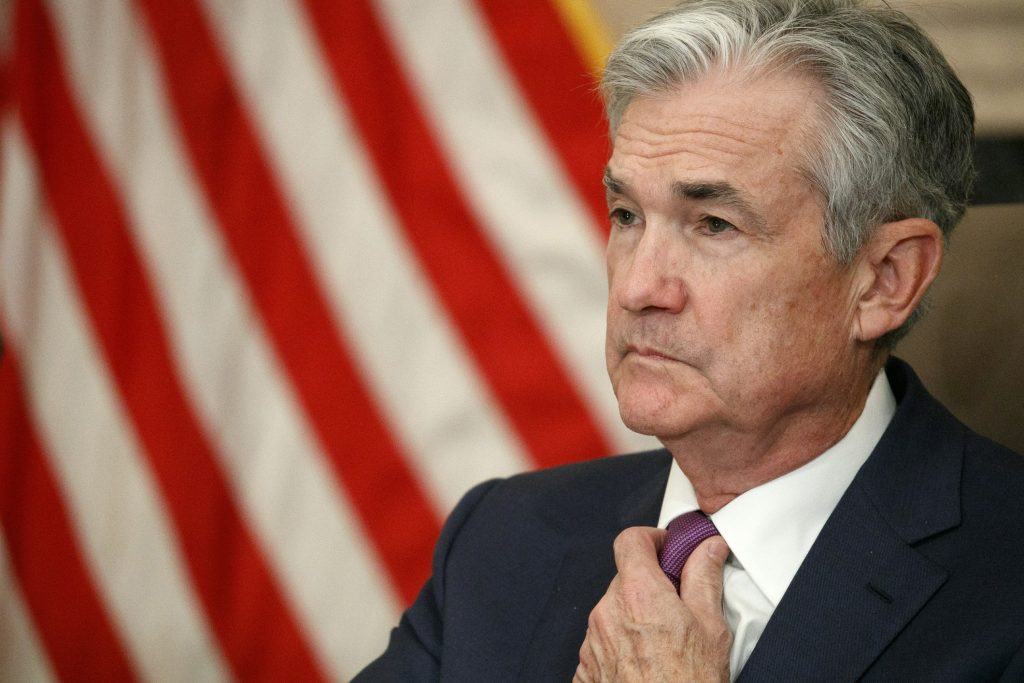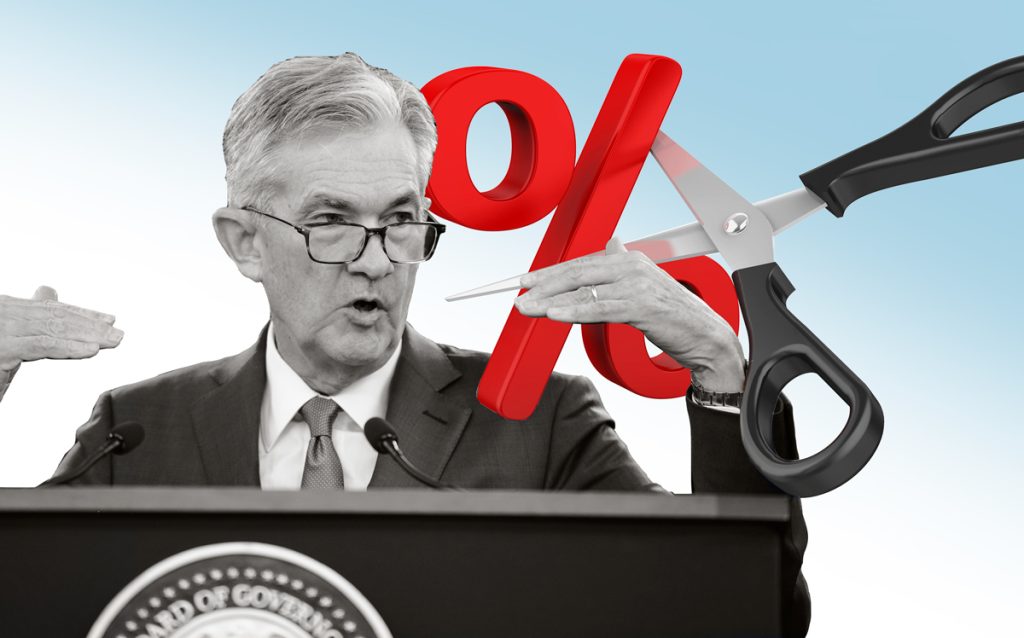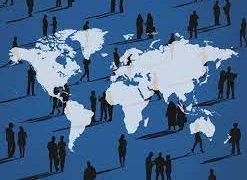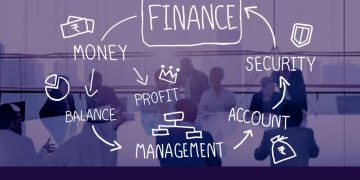The Federal Reserve’s decision to cut interest rates by 50 basis points in September has settled the immediate market speculations but has left a trail of uncertainty about the future course and cadence of monetary easing. Raphael Bostic, President of the Federal Reserve Bank of Atlanta, endorsed the September rate cut as prudent but highlighted the ambiguity surrounding the neutral rate and the looming peril of inflation, signaling an indeterminate path ahead for rate reductions. At the September monetary policy meeting, Bostic was in favor of the 50 basis point cut. Furthermore, Neel Kashkari, President of the Minneapolis Federal Reserve, voiced his support for two additional rate cuts before year-end.
In light of these developments, the trajectory of major global financial assets is under intense scrutiny. Cheng Shi, Chief Economist at ICBC International, suggested that the Fed’s rate cut has pressed the “hot start button” on global markets, prompting an adjustment in the performance of stocks, bonds, foreign exchange, and commodities that closely follows the characteristics of global capital flows. This acceleration in asset class rotation could systematically impact the structural differences in the global economic recovery. Unlike mere rate cut expectations, the implementation of a rate cut fundamentally resets the benchmark environment for international financial markets. Key variables such as interest rates, exchange rates, risk appetite, and valuation metrics are set to undergo profound interlinked reactions, reshaping the mechanisms that drive global capital flows and asset pricing.
Resurgence of Concerns Over a Potential U.S. Stock Market Bubble
Following the Fed’s announcement, U.S. stocks experienced an uptick. On September 23rd, the three major stock indices rose, with the Dow Jones Industrial Average climbing 61.29 points to 42124.65, the S&P 500 gaining 16.02 points to 5718.57, and the Nasdaq Composite increasing by 25.95 points to 17974.27.
Analysts suggest that the Fed’s easing could benefit the U.S. stock market. A 50 basis point cut enhances the likelihood of a “soft landing” for the U.S. economy, potentially propelling stocks further. Barclays’ analysis team posited that opting for a 50 basis point cut on the first instance demonstrates the Fed’s determination for a soft economic landing. Without factors challenging this landing, U.S. stocks, especially cyclical ones, face minimal resistance to growth.

However, not all are optimistic about the future performance of the U.S. stock market. Post-significant rate cuts by the Fed, the market’s apprehension over an inflated stock bubble has grown louder. Michael Hartnett, Chief Strategist at Bank of America, indicated that the initial excitement spurred by the Fed’s rate cuts is exacerbating the bubble risk in U.S. stocks. Considering the risks of economic recession and inflation backlash, bonds and gold may once again become attractive hedging tools.
Moreover, Barry Bannister, Chief Equity Strategist at Stifel, warned investors to brace for a rapid and substantial pullback in the U.S. stock market before year-end. Bannister expressed concern over current stock valuations, forecasting a potential 14% decline in the S&P 500 in the fourth quarter, potentially pulling back to a low of 5000 points by year-end.
Further Weakening of the Dollar Anticipated
The Fed’s latest dot plot, released in September, suggests an additional 50 basis point cut within the year. Following the Fed’s rate cut in September, the dollar index saw a volatile decline. On September 23rd, the dollar index modestly rose to close at 100.94. Since late June of this year, the dollar index has been steadily declining from highs around 106. The September rate cut has further pressured the dollar downward.

Christina Hooper, Chief Global Market Strategist at Invesco, anticipates the dollar to weaken starting this year. Jasson Zhu, Managing Director and Head of Fixed Income for Asia-Pacific at Invesco, believes that in the long run, the dollar index tends to weaken when interest rates decline, bolstering emerging market currencies.
Additionally, the research team at Barclays does not rule out the possibility of a further weakening of the dollar in the coming weeks. “The uncertainty surrounding the Fed’s monetary policy and the increased volatility in the financial markets warrant caution. Some currencies may face appreciation pressures due to a weaker dollar, particularly those from export-oriented economies, which might resort to rate cuts or currency devaluation measures to maintain their export competitiveness, exacerbating forex market volatility,” analysts at the Bank of China’s research institute noted.
U.S. Treasuries Remain Unruffled
Compared to the stock and currency markets, the U.S. Treasury market has been relatively calm in the face of the Fed’s substantial 50 basis point rate cut, showing no significant volatility. Generally, U.S. long-term bond yields have risen rather than fallen post-rate cut, leading to a steeper yield curve. Current market sentiment suggests that investors do not foresee an imminent U.S. economic recession and anticipate a slower pace of rate cuts by the Fed.
On September 23rd, the yield on the U.S. 2-year Treasury note fell by 0.7 basis points to close at 3.597%, while the yield on the U.S. 10-year Treasury note rose by 1 basis point to close at 3.754%. Tom Porcelli, Chief U.S. Economist at Putnam Investments, remarked that the fixed-income market’s response to the historic rate cut has been relatively subdued. Fed Chairman Jerome Powell conveyed a clear message that the Fed will recalibrate its strategy to bring policy rates back from restrictive to neutral. The Fed’s rate cut decision has reinforced the global macro trend of steepening yield curves, and the subsequent release of the “Economic Projections Summary” has solidified this trend.



































